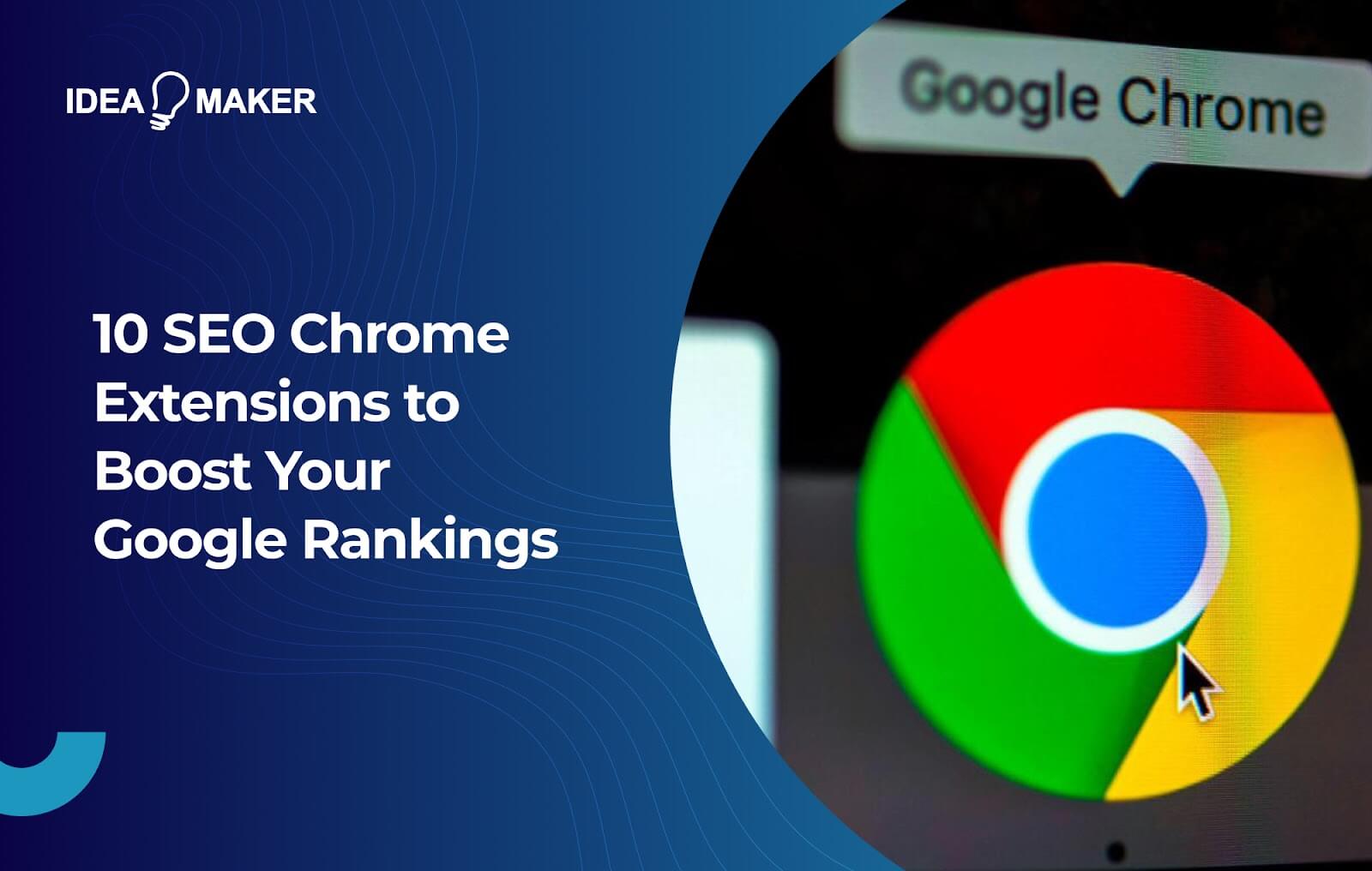A great way to boost your website traffic, increase trustworthiness, and get a better SEO score is to build Wikipedia backlinks.
While anyone can edit and add their website to a Wikipedia page, low-quality content gets flagged as spam and removed, incurring penalties to the website’s SEO score.
By following the steps outlined here, you can increase your chances of building permanent and reliable backlinks, boosting your website’s visibility, and avoiding SEO penalties.
Table of Contents
Search Engine Optimization Principles
Search engine optimization is the process of improving your website’s visibility in search engines like Google and Bing. It’s used to efficiently get your website displayed into Search Engine Result Pages (SERPs).
Search Engine Optimization
Search Engine Optimization (SEO) uses a set of practices that search engines employ to scan websites and gauge how good, well presented, relevant, and optimized your content is related to a particular topic.
SERPs take SEO into account when picking the best result for a user’s search query. However, most sponsored links from Google Ads will still show up at the top of SERPs, disregarding SEO.
Backlinks
Backlinks are links from one website to another. Search engines use backlinks to measure websites’ popularity, quality, and trustworthiness. Well-built backlinks are critical when trying to improve PageRank.
For instance, when several websites redirect users to the same website or webpage, search engines see it as valuable and trustworthy content.
Domain Authority
Domain authority is another great way to increase PageRank through backlinks. Domain authority is a search engine ranking score developed by Moz.
It ranks prestige, quality of content, website relevance, and competitiveness. For example, websites redirected from a high domain authority like Wikipedia can significantly boost your SEO score.
What Are No Follow Links?
No follow links are links with the HTML tag rel=”nofollow” applied to them.
Once a link is set as nofollow, search engines will ignore it regarding SEO scores. Therefore, they will not impact a web page when raking up or down in the search results. All links on Wikipedia are automatically set to nofollow.
That doesn’t mean Wikipedia links have no value, however. There are many benefits to building quality Wikipedia backlinks, even if they don’t generate regular SEO scores.
Benefits of Building Wikipedia Backlinks
While you can’t get a direct SEO score boost by building backlinks on Wikipedia, you can still use Wikipedia to boost your SEO score organically. Some of the main benefits of Wikipedia backlinks are:
- High domain authority;
- Great topical relevance;
- No spam score;
- High Trust flow (perceived trustworthiness of a website);
- Several citations.
Adding your website on Wikipedia can significantly boost the website’s trust. It makes search engines recommend your website more often.
Wikipedia articles rank high on search engines most of the time, so having a backlink will attract many new users.
How to Get Wikipedia Backlinks
To get your website a reliable backlink that a Wikipedia moderator won’t remove, you must focus on quality, relevance, and expertise.
There are five steps you can follow to ensure your backlinks get past Wikipedia’s moderation and help avoid getting yourself into Wikipedia’s blacklist.
Step 1: Create a Wikipedia Account
While not strictly necessary, creating a Wikipedia account can greatly streamline backlink creation. By creating a Wikipedia account, you get access to:
- A sandbox user page to help you practice Wikipedia editing and publishing;
- The ability to directly talk with other editors using your talk page;
- A way for Wikipedia editors to reach you.
New features are unlocked to registered users after your account is four days old and has made at least ten edits. They get:
- Permission to edit semi-protected pages;
- Access to upload images, rename pages, and start new articles.
Once the account is 30 days old and has made at least 500 edits, you can finally edit extended protected pages and add backlinks to popular Wikipedia pages.
Step 2: Pick Target Keyword
The next step to building a quality backlink is choosing the keywords you wish to target. The goal is to pick popular keywords to optimize traffic numbers while keeping keyword bloat to a minimum.
Keywords that already have a Wikipedia page make building quality content much easier. However, manually finding the keywords to target can be quite a time-consuming endeavor.
We recommend using keyword research tools to speed up the search process. You can pick some popular tools like Surfer SEO, KWFinder, Google Keyword Planner, and Keysearch.
Step 3: Look For Places to Build Wikipedia Backlinks
After figuring out which keywords to target, we must choose the approach to take when building your backlink.
You can choose to either use dead links or new links.
Using Dead Links
Over time, many links on Wikipedia break because websites close or change owners.
However, these links are still active on Wikipedia pages and need to be replaced by working links. So finding broken links is the perfect way to get your backlink on a Wikipedia article.
If you’re wondering how to find dead links without spending much time clicking each link individually, you can use WikiGrabber. It’s a free tool that does all the hard work.
Using New Links
A great way to generate quality backlinks is to make them yourself.
While anyone can add new links to an existing wiki page, Wikipedia editors favor registered users with a good edit history when choosing which backlink stays.
Look for articles that lack citations or could use more facts to back their claims, and build well-researched articles around them.
Step 4: Create High-Quality Resources
After choosing which approach to take for your backlinks, you must create high-quality content that passes the scrutiny of Wikipedia editors and moderators.
You can use the Wayback Machine as a reference to replicate articles from authoritative links that are no longer available online to replace dead links.
Regardless of which method you pick, the articles must display a high level of expertise and mastery of the subject. Wikipedia editors are very strict with permanent backlinks, even when only replacing dead links.
Step 5: Add High-Quality Backlinks to a Wikipedia Page
Once you finish your article, it’s time to add it to the related relevant Wikipedia pages.
Your article must follow Wikipedia’s guidelines when citing sources, respecting required language, markup usage, and formatting standards. Otherwise, chances are Wikipedia editors will remove it.
Consequences of Abusing Wikipedia Backlinks
While building a resource article, do not abuse Wikipedia’s system by trying to game editors.
If editors find false information, advertising, unnecessary links, or keyword bloat in your article, they won’t hesitate in banning your Wikipedia account.
A Wikipedia ban will remove all your user rights, forbid you from editing, and put your website on Wikipedia’s spam blacklist, which is widely used by other websites.
So if you want to use Wikipedia to build a backlink, ensure you’re offering a valid and well-researched resource.
Should I Build a Wikipedia Backlink?
If you believe you can put together a high-quality article that shows your expertise in a subject, building a Wikipedia backlink can increase your website’s trustworthiness and traffic.
Most of the traffic generated from a Wikipedia backlink is organic, so users who get to your website are more likely to stay.
Don’t let the no follow links discourage you. A backlink on Wikipedia can bring much positive attention to your website as only the best, and most authoritative websites make it as Wikipedia citations.




















